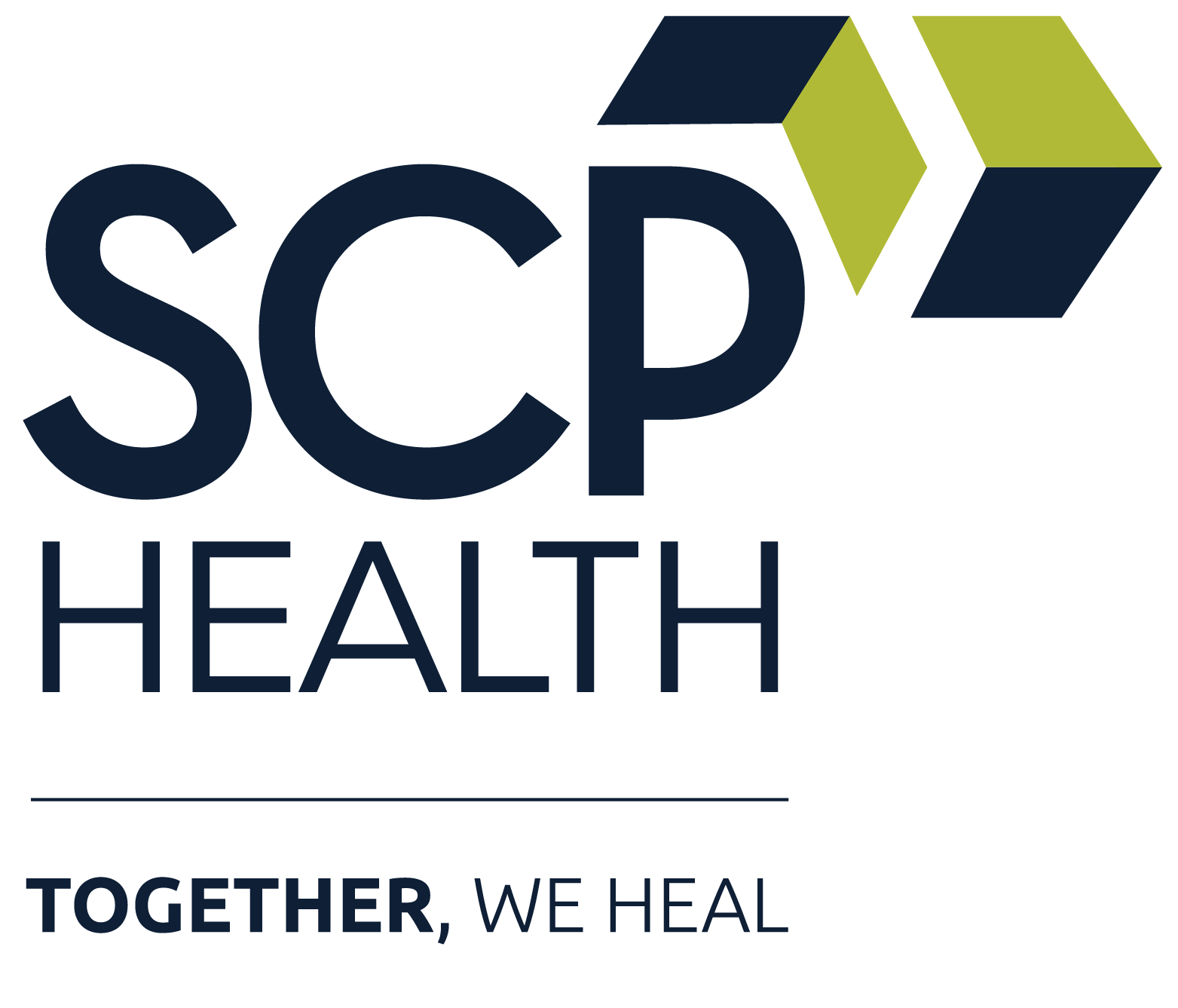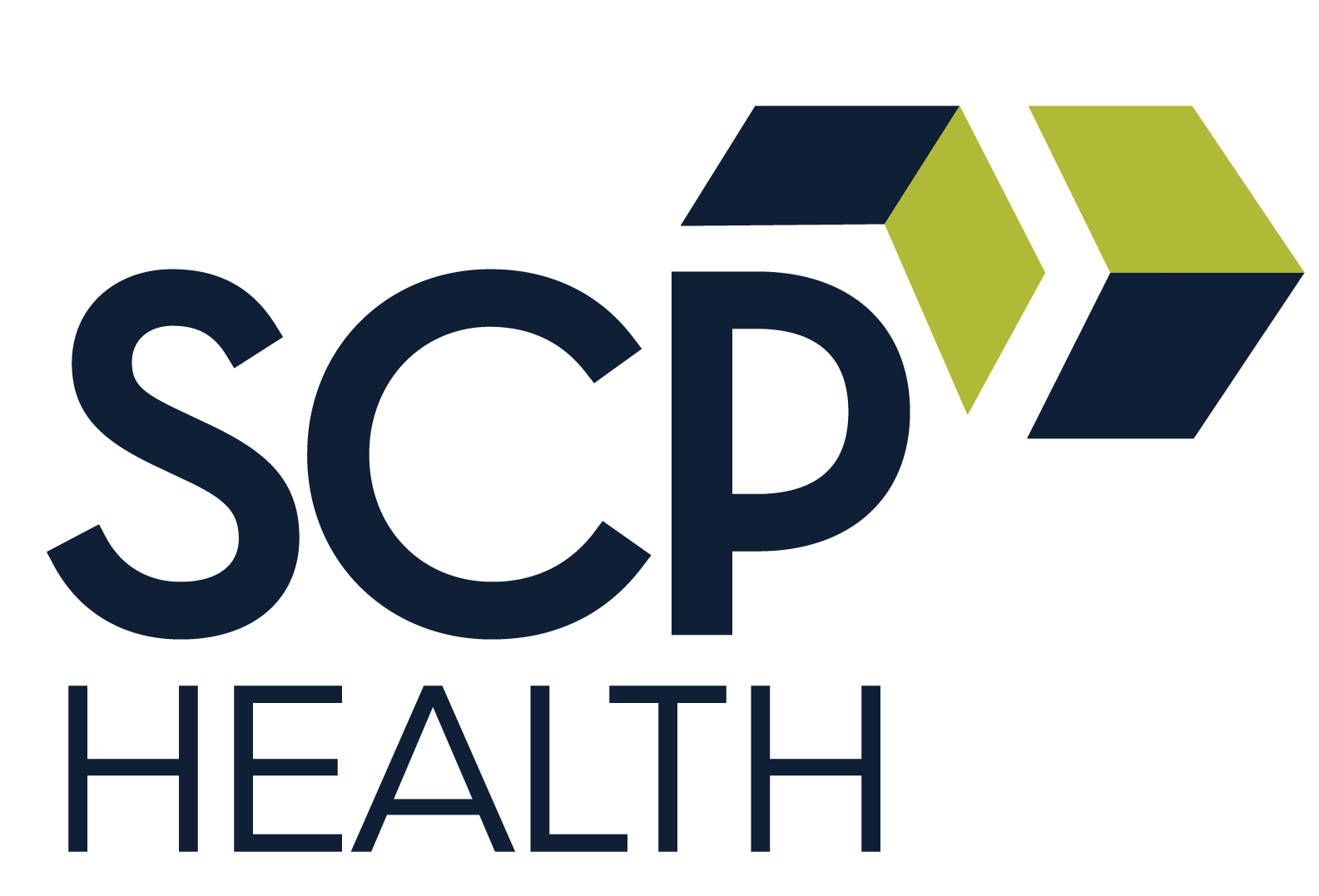Sustainable performance improvement is essential for today’s hospitals and health systems. Hospital leaders committed to continuous improvement can often sense when operations aren’t working optimally, but sensing a problem and solving it are two different challenges.
Converting instincts into meaningful change requires strategic focus and dedicated resources. When hospitals combine rigorous data analysis with engaged leadership and systematic implementation, they don’t just improve metrics—they create lasting operational improvements that benefit patients, clinicians, and financial stability.
Review: Assessing operations and data to find hidden gaps
Operational inefficiencies often hide in plain sight – not because leaders aren’t paying attention, but because they’re looking at dated metrics or missing crucial data entirely. Extended length of stay, high patient walkout rates, or admission bottlenecks can go unnoticed when organizations rely on legacy systems without real-time analytics.
Take the case of a hospital experiencing a sudden, unexplained increase in length of stay following an electronic medical record (EMR) upgrade. Without visibility into patient flow data, leadership initially attributed the issue to rising patient acuity. A comprehensive review of the data uncovered the real problem: 95% of admitted patients were waiting 8-12 hours in the emergency department regardless of time of day. Without proper visibility, leadership thought they had a capacity problem, not a process problem.
This blind spot for critical metrics isn’t unusual. Many hospitals operate with legacy scorecards tracking yesterday’s priorities while missing today’s realities. As health care evolves—with new value-based purchasing requirements, updated CMS star ratings, and shifting quality measures—hospitals using dated metrics risk optimizing for the wrong outcomes.
Implement: Utilizing alignment and leadership to realize change
Data alone doesn’t drive change. A large hospital in the Midwest had struggled with patient walkouts at a 6-8% rate for months. The metrics were clear, but progress remained elusive until leadership alignment made transformation possible.
Securing C-suite buy-in is just the first step—the real transformation happens when nursing leadership champions new processes, making them part of the culture. The hospital’s transformation began with key stakeholders visiting a facility that had successfully implemented a front-end triage process. Seeing the system in action converted skeptics into champions.
Within weeks of implementation, the left-without-being-seen rate plummeted from 6-8% to less than 1%. Patient satisfaction scores soared, and the emergency department transformed from chaotic to purposefully efficient. When teams see daily wins—waiting rooms clearing and improved workflow—that momentum becomes self-sustaining.
However, leadership commitment must extend beyond initial enthusiasm. At one facility, a night shift physician initially resisted the new triage process. Medical directors and nursing leadership insisted the process be followed consistently across all shifts. That unwavering commitment transformed resistance into acceptance.
Sustain: From quick wins to lasting stability
The most successful performance improvement initiatives follow a predictable arc: rapid initial gains evolving into sustainable operational changes. The key is building implementation strategies that survive beyond external support.
Effective front-end processes exemplify this approach. Rather than adding expensive resources, these processes redeploy existing staff more efficiently. Nurses and technicians move where patients need them, initiating workups in triage rather than waiting for bed assignments. Patients feel engaged while waiting, with IVs started and labs drawn before reaching treatment areas.
The beauty of this approach is working with current staff without adding costs—maximizing existing resources. Sustainable change requires:
- Daily visibility into metrics during initial implementation, with teams reviewing performance data every shift
- Graduated oversight evolving from daily monitoring to weekly reviews, then monthly assessments as processes become routine
- Individual accountability through provider-specific metrics once system-level improvements stabilize
- Continuous refinement as staff become comfortable, revealing opportunities for further optimization
Elevate: Unlocking the multiplier effect
Performance improvement rarely stops at solving the initial problem. When the hospital with EMR challenges gained patient flow visibility, solutions extended far beyond dashboard installation. The facility instituted new turnaround standards for labs and imaging, restructured admission processes, and created cross-departmental task forces addressing bottlenecks.
This approach elevates the entire organization by fostering continuous improvement culture. This mindset empowers hospitals and clinical teams to think differently about processes, shifting their overall problem-solving approach. Clinician satisfaction improves through smoother workflows and reduced workloads. Patients benefit from better care experiences, building loyalty and community trust.
Building your performance improvement roadmap
For hospital leaders ready to move from insight to action, follow these deliberate steps:
- Identify blind spots through objective operational assessment
- Engage stakeholders at all levels for long-term success
- Invest in data visibility with real-time analytics as your foundation
- Start with high-impact areas offering immediate, measurable gains
- Commit to consistency across all shifts with clear communication and ongoing training
- Evaluate and refine continuously through regular metric reviews and optimization opportunities
When performance rises
When performance improvement efforts succeed, they deliver more than better metrics—they create operational stability where excellent outcomes become routine rather than exceptional.
This stability becomes self-reinforcing. Satisfied clinicians recruit colleagues more easily. Positive patient experiences generate community loyalty. Improved financial performance funds further investments in quality and infrastructure.
Most importantly, operational stability frees leadership to focus forward. Instead of constantly addressing today’s crises, executives can plan tomorrow’s strategies. Hospitals that once struggled with basic patient flow can now tackle population health initiatives or value-based care contracts.
The path forward begins with honest questions: What metrics are we tracking that no longer serve our strategy? Where do front-line teams see friction that leadership might miss? Which processes have we accepted as “good enough” without questioning if they could be better?
Experience demonstrates that the right approach works consistently across different settings. While details need local adaptation, the principles are universal. SCP Health’s RISE methodology—Review, Implement, Sustain, Elevate—provides a proven framework for hospitals ready to transform these insights into lasting operational excellence. Every hospital has potential waiting to be unlocked through thoughtful performance improvement.
Connect with a member of the SCP Health team to learn more about how our RISE methodology could make an operational impact for your organization.






